We're always stoked to see what the mad scientists at Glaxon have been up to. Every product they release has some fresh and innovative take, even in the most well-worn product categories – and there's none more explored at this point than whey protein powders.
Even in the protein category, Glaxon demonstrated its ability to realize genuine innovation. In case you missed it, we covered Protos Whey, and we think anyone who reads that article will agree that Glaxon's attention to scientific rigor, while staying on the cutting edge of research, is commendable.
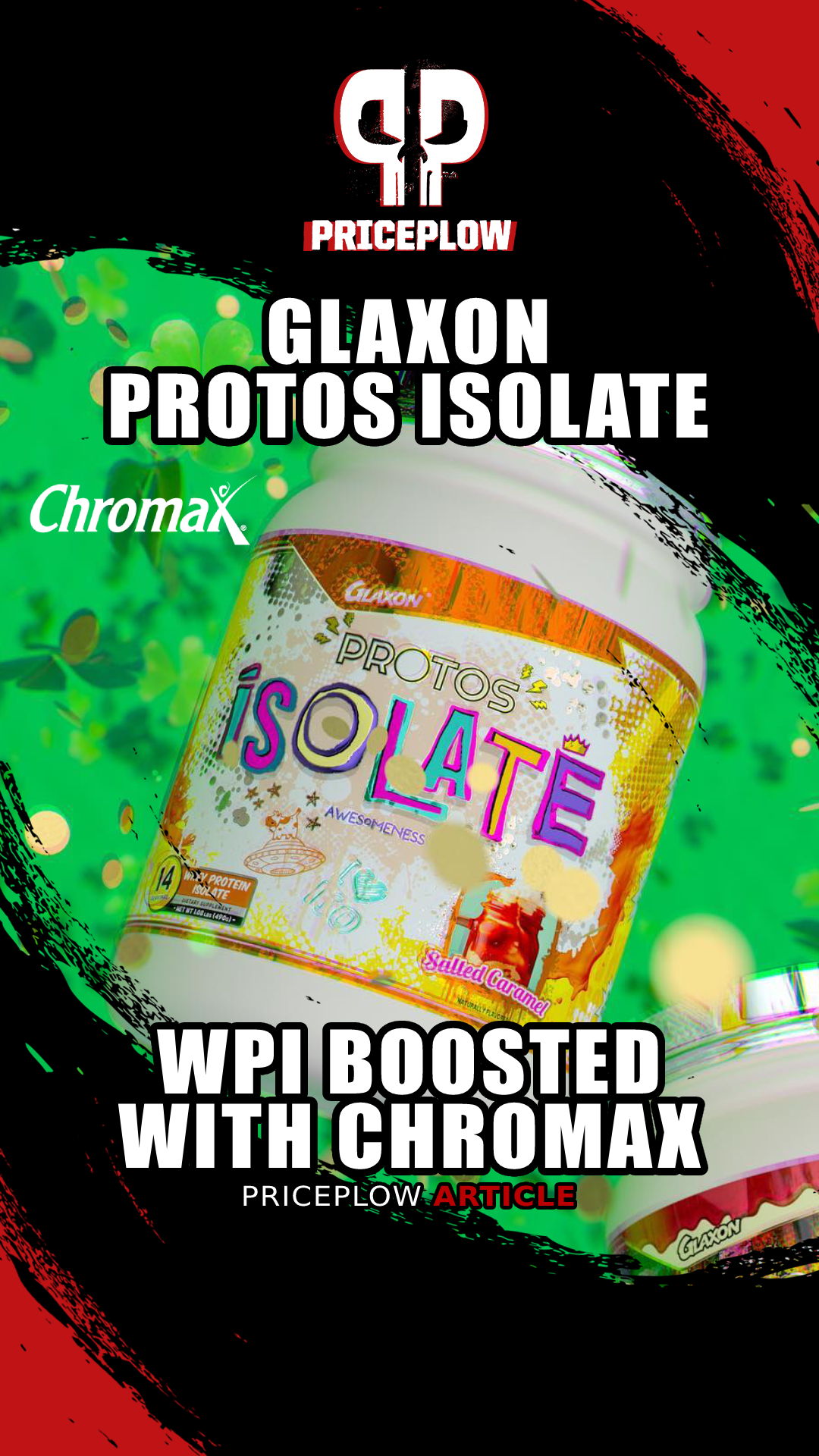
While Glaxon Protos Whey uses Velositol to enhance the body's response to protein, Glaxon Protos Isolate uses Chromax. In this article we discuss why!
Glaxon Protos Isolate – Glaxon's Macro-Focused Whey Offering
We're huge fans of the Glaxon Protos Whey – as you can guess if you read the article about it linked above. However, Glaxon is now offering a whey protein isolate for people who want to optimize their body composition through macronutrient manipulation – Glaxon Protos Isolate.
Whereas Glaxon's first Protos offering gives you about 63% calories from protein per serving, Protos Isolate gives provides an impressive 89%, thanks chiefly to Protos Iso's elimination of health-focused ingredients like dried whole milk and milk fat globule membrane, and its substitution of Nutrition21's Chromax chromium picolinate for Velositol.
A protein powder with Chromax chromium picolinate
As much as we love Velositol, it does add some 2 additional grams of carbohydrates, so Chromax is a novel choice for someone who's really trying to hit their macro targets, but still wants the powerful addition of high-quality chromium picolinate.
Finally, Protos Iso has two ingredients that can help support body recomposition by suppressing appetite and improving metabolic flexibility – konjac root, a source of dietary fiber and medium chain triglycerides (MCTs), a type of dietary fat that's popular for its ability to convert to ketones and provide rapid non-glycemic and non-insulinogenic energy.
If your first priority is getting lean and you want your supplemental protein powder to maximize the protein while minimizing carbs and fats, then Protos Iso is the Glaxon protein for you.
Let's get into how it works, but first, check the PricePlow news and deals:
Glaxon Protos Isolate – Deals and Price Drop Alerts
Get Price Alerts
No spam, no scams.
Disclosure: PricePlow relies on pricing from stores with which we have a business relationship. We work hard to keep pricing current, but you may find a better offer.
Posts are sponsored in part by the retailers and/or brands listed on this page.
Glaxon Protos Isolate Ingredients
First, let's start with the added mineral support that's at the top of the label. In a single, 1 scoop (34 g) serving of Glaxon Protos Iso, you get the following:
-
Chromium (from Chromax Chromium Picolinate) – 400 mcg (1,143% DV)
Chromium is a mineral that helps to amplify insulin's cellular signaling, supporting the body's handling of glucose.[1-3] With disruptions in the glucose-insulin signaling pathway linked to poor health outcomes, maintaining healthy insulin responsiveness is a crucial component of normal metabolic health.[4]
According to a 2014 meta-analysis that examined 25 studies, chromium supplementation can improve glycemic control, specifically singling out the effects from chromium picolinate in particular.[5] This is the form of chromium provided by Nutrition21's Chromax, which has been shown to exhibit greater bioavailability than other forms tested.[6]
Some studies have found chromium supplementation can improve body composition at doses of just 200 micrograms and 400 micrograms[7,8] – less than or equal to the dose used in Glaxon Protos Isolate.
For over 25 years, Chromax chromium picolinate has been improving insulin sensitivity. We argue that it's only gotten better, as dietary deficiencies have gotten worse over this time period.
Chromium supplementation may even help suppress appetite and cravings for fatty foods[9] and carbohydrates.[10] Additionally, chromium has even been shown to improve indicators of mood.[10,11]
400 micrograms of elemental chromium in one scoop of Protos Isolate
There are additional benefits to be had from Chromium, but they depend on the dosage. For instance, aside from metabolic health, chromium supplementation at 1000 micrograms per day may also support a heart-healthy diet alongside exercise[12,13] as well as cognitive function.[14]
Since we have 400 micrograms of elemental chromium, results may depend on the rest of the diet or amount of Protos Isolate taken. Taking two scoops of Protos Isolate, or supplementing more Chromax separately, may lead to additional research-supported benefits. See the image below for an idea:
Why not Velositol like in Protos Whey?
Normally, Velositol is the chromium-based ingredient that brands use to improve their protein powders. Velositol is included in Protos Whey, and has research demonstrating improved muscle protein synthesis and sports-specific benefits.
Compared to other popular stimulant-free weight loss ingredients, Chromax seems to outperform them all! Image courtesy Nutrition21.
However, Velositol includes 2 grams of carbohydrates from amylopectin starch (to help trigger a bit more insulin signaling), and Glaxon decided that they wanted to keep Protos Iso lower carb and with a higher protein ratio.
So Joey Savage and his team decided to eschew some of the sports-based claims provided when using Velositol, but still do their best to improve insulin signaling with the world's leading chromium supplement in Chromax chromium picolinate.
This is a very fair trade-off, since many whey isolate users use pure isolates for the lower-carbohydrate content (while others also use pure isolates for the lower lactose content). If you want the full benefits of Velositol, you can always go bigger with Glaxon Protos Whey and learn more about Velositol in our article titled Velositol: Enhancing Muscle Protein Synthesis with Science.
And if you want to learn more about Chromax, check out our long-form article Chromax Chromium Picolinate: 25+ Years of Insulin Sensitivity Improvement.
-
Instantized Whey Protein Isolate – 29 g
Although it may seem as if there's not much to whey protein, the quality of this supplement can vary considerably.
The benefits of instantized whey
In order for your whey protein to be maximally effective, then, great care must be taken that it is manufactured as gently as possible. That's what instantized whey is – whey that has been microfiltered without any kind of heat treatment.
This matters because unfortunately, whey protein can be damaged by heat, rendering it less bioavailable.[15] Other steps of the manufacturing process, including filtration and spray-drying,[16] can have the same effect. If not performed carefully, then, the process of making whey can cause the loss or denaturing of important bioactive constituents like immunoglobulins, lactoferrin, insulin-like growth factor, and transforming growth factor-β, which decreases the nutritional value of the whey.
Why whey? Why whey isolate?
So why take any kind of whey?
Whey protein is the most commonly sold and consumed protein supplement for a reason.
First, just as instantized whey and other forms of cold-processed whey are more bioactive compared to pasteurized and spray dried whey, whey itself is highly bioavailable compared to other forms of protein.[17]
In fact, whey is so bioavailable that it theoretically has a more than perfect score on the digestible indispensable amino acid scores (DIAAS), a state-of-the-art methodology for calculating protein digestibility.[18] Whereas the maximum DIAAS score is 1.00, whey protein would rank 1.07 if it weren't for the fact that a score of 1.00 is, by definition, the point at which an individual shouldn't see any further benefit from increasing protein intake.[18]
Another advantage of whey, especially for certain athletic applications, is that it's fast-acting. The amino acid concentration of your blood should peak just one hour after you ingest whey, compared to three hours for mixed macro meals.[19] This makes whey an awesome choice of recovery protein.
Studies show that Chromax is effective at reducing appetite, which helps promote weight loss.[10] Image courtesy of Nutrition21.
Compared to plant-based protein supplements, whey is significantly higher in the essential amino acids that we must obtain from our diet and supplements.[20]
Research on this subject clearly indicates that whey protein, in the context of a nutrient-dense, whole-foods-based diet, can help increase strength and improve body composition in both men and women.[21-24]
Whey isolate vs. whey concentrate
What makes whey isolate special is the stringency of the filtering process. Compared to whey concentrate, it's much more pure from a macronutrient standpoint – more protein with fewer carbs and fat.
Additionally, because of whey isolate's greater purity, some people with dairy sensitivities find they can tolerate it better than whey concentrate.
-
Medium Chain Triglycerides – 500 mg
Medium-chain triglycerides consist of fatty acids that are six to 12 carbon atoms in length.[25-28] This stands in contrast to short-chain fatty acids, (fewer than six carbon atoms), and long-chain fatty acids, (more than 12 carbon atoms).
MCTs are metabolized into ketones by your liver,[29] regardless of your current blood glucose level. This makes ketone consumption an excellent strategy for improving metabolic flexibility – you can get some benefits of eating a ketogenic diet without having to actually cut carbs.
The clean-burning energy provided by MCTs can fuel your cells without affecting insulin or glucose levels in your blood, while speeding up metabolic rate, accelerating fat loss, enhancing cognitive performance, and suppressing appetite.[25-28]
Konjac Root Extract (Amorphophallus Konjac) – 200 mg
Konjac root is a great source of glucomannan, a type of water-soluble fiber that can help improve digestion by pulling water into your digestive tract.
Fiber can help improve gut health and digestion by helping you feel fuller longer, but it can also actually reduce the absorption of calories from carbs and fats, as well as dietary cholesterol.[30,31] Research has shown that supplementing with glucomannan can help facilitate weight loss to a greater extent than fibers like guar gum and alginate.[30]
No surprise then that in one 2005 study, glucomannan was found to not only cause weight loss, but also improve blood lipid chemistry and glycemic control,[31] thanks in part to its ability to increase the body's elimination of calories.[31]
Other research has indicated that glucomannan supplementation can improve blood triglycerides, as well as total and LDL cholesterol.[32]
Back to the minerals now:
-
Calcium – 141 mg (11% DV)
Although it's one of the more overlooked electrolyte minerals, calcium is important for maintaining optimal health and athletic performance.
Using both tried-and-true and novel ingredients, Glaxon Xerion is an incredibly unique play for longevity-boosting insulin-sensitivity. Enjoy your carbs with this one!
As our favorite reference on the subject, a 2005 research review, "Calcium requirements for the athlete," explains[33] that while calcium is most often thought of as a bone health supplement, its benefits go way beyond that. Calcium is also crucial for:
- Governing heartbeat
- Transmitting nerve impulses
- Maintaining blood pressure
- Maintaining water balance
- Facilitating cellular replication
- Supporting immune response
- Metabolizing fats and carbohydrates
- Moving nutrients into cells
The authors of the review take pains to emphasize that the amount of calcium athletes lose in sweat shouldn't be underestimated.[33]
-
Sodium – 280 mg (12% DV)
Sodium is another crucial electrolyte mineral. Although it gets a bad rap, the reality is that muscles can't contract with optimal force unless they have an ample supply of all electrolytes, including sodium.[34] We lose a lot of sodium in sweat during exercise, and failing to replace it can compromise both performance and recovery.[35]
It's also important to consider recent evidence that the negative health consequences of sodium intake may have been somewhat overstated.
According to a 2015 research review, a J-shaped mortality curve emerges from rigorous analysis of the data on sodium intake – the lowest risk of cardiovascular disease is actually found at sodium intakes between 3 grams and 5 grams daily.[36] Obviously, this is way above the 2,300 milligram maximum established by the USDA.Moreover, even intakes beyond 5 grams of sodium per day appear to only cause issues in people with existing high blood pressure.[36]
Flavors Available
Protos Iso: A Lower-Carb Glaxon Protein, Still Boosted by Nutrition21 Chromium
Glaxon Protos Isolate is a great example of what we love about Glaxon – there's no supplement category more basic than a whey protein for "recomping", but Glaxon has found a way to improve it beyond the standard industry fare. It's tricky to do this because one must select ingredients that add significant value to the formula, without adding too much expense for the consumer. In this regard, through their use of Chromax, konjac root, and MCTs, we think Glaxon successfully performed a delicate balancing act.
And once you're back to bulking, it's time to get back to the Velositol-enhanced Protos Whey.
Glaxon Protos Isolate – Deals and Price Drop Alerts
Get Price Alerts
No spam, no scams.
Disclosure: PricePlow relies on pricing from stores with which we have a business relationship. We work hard to keep pricing current, but you may find a better offer.
Posts are sponsored in part by the retailers and/or brands listed on this page.
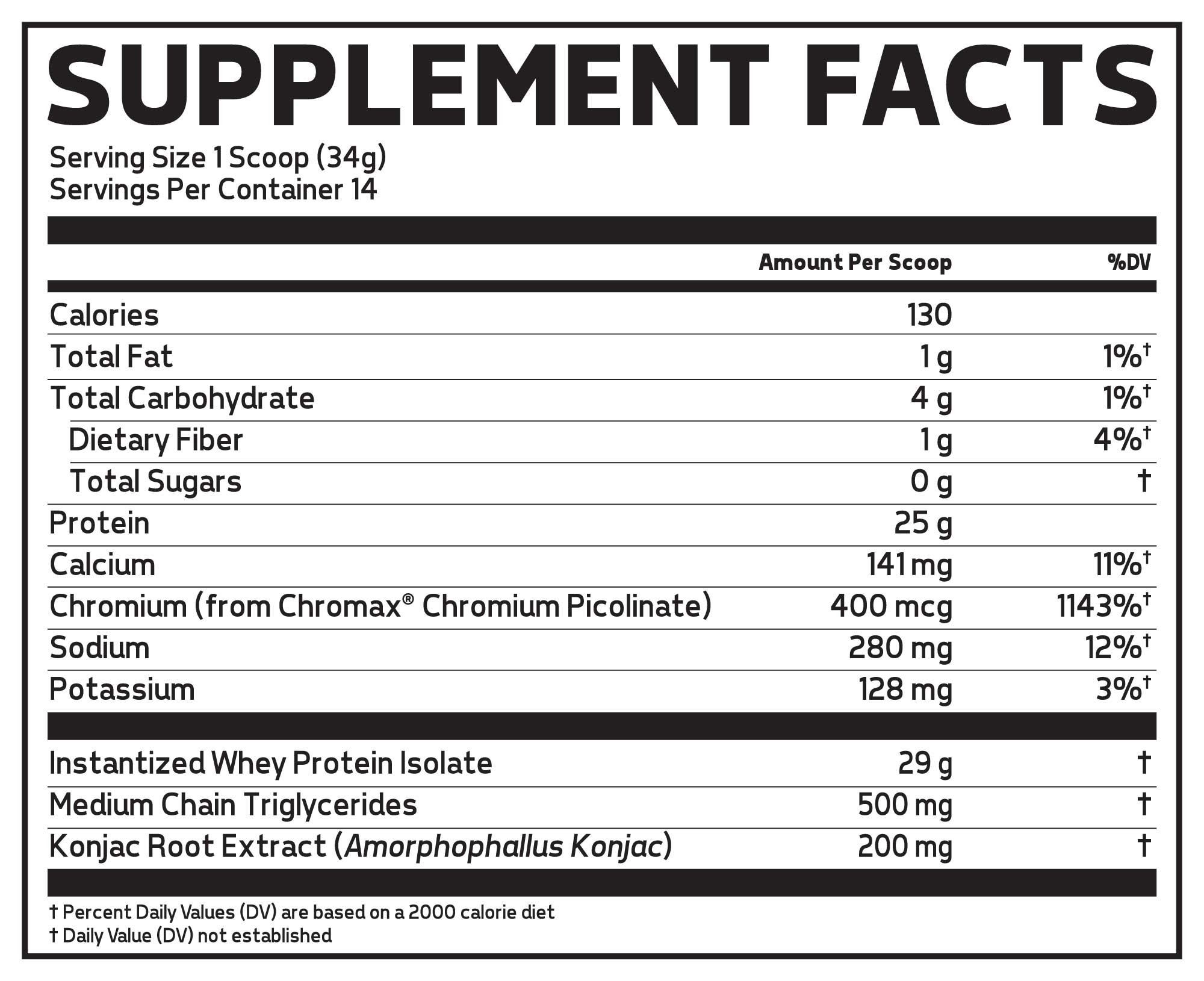
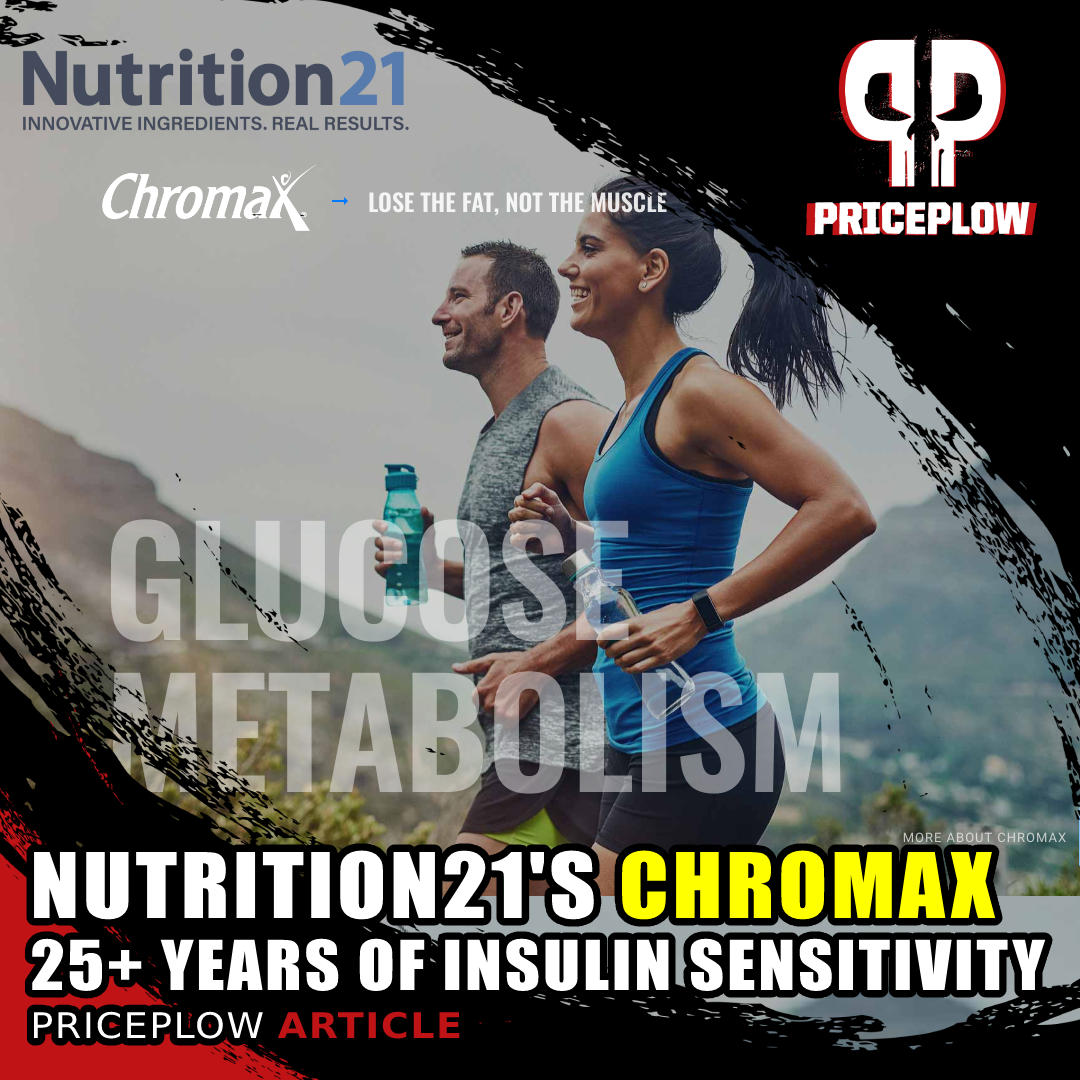
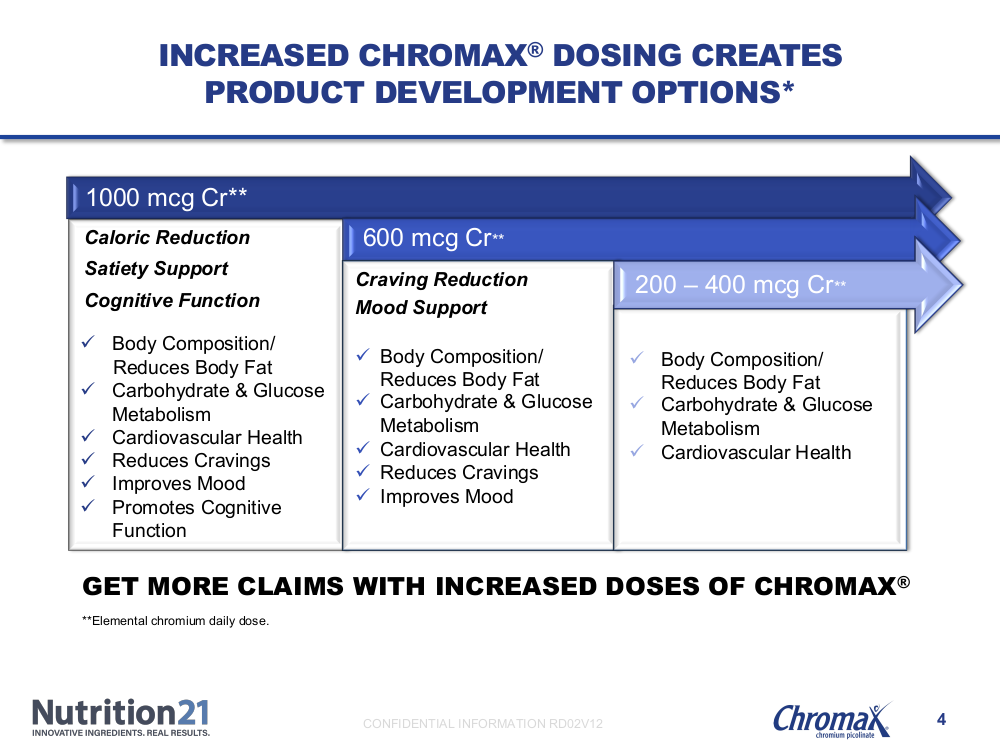
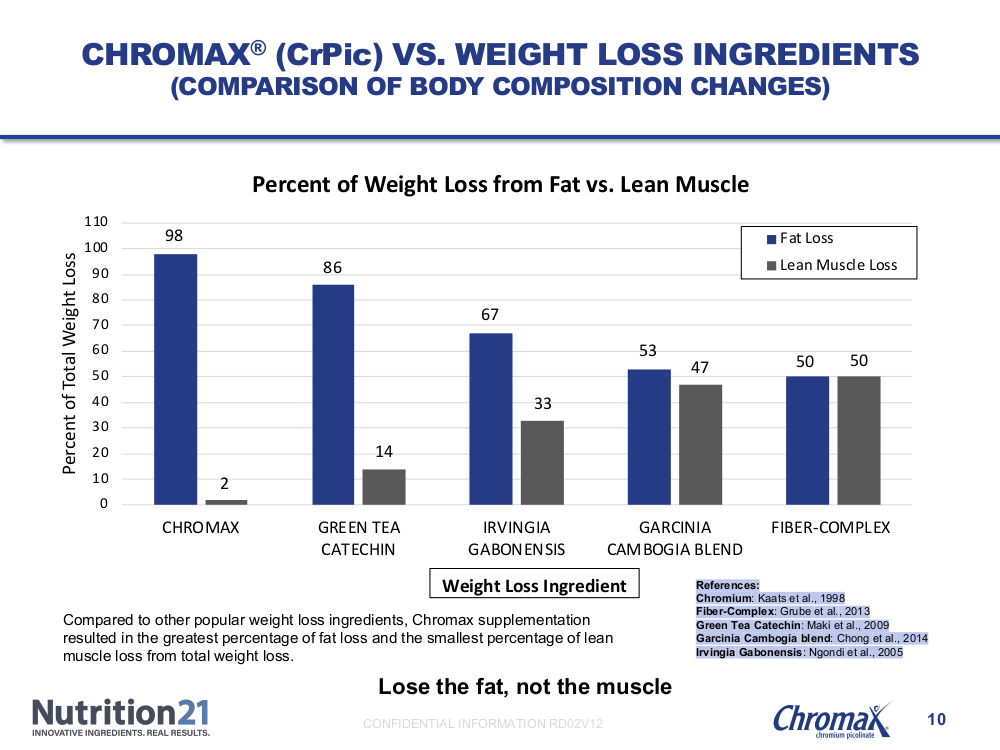
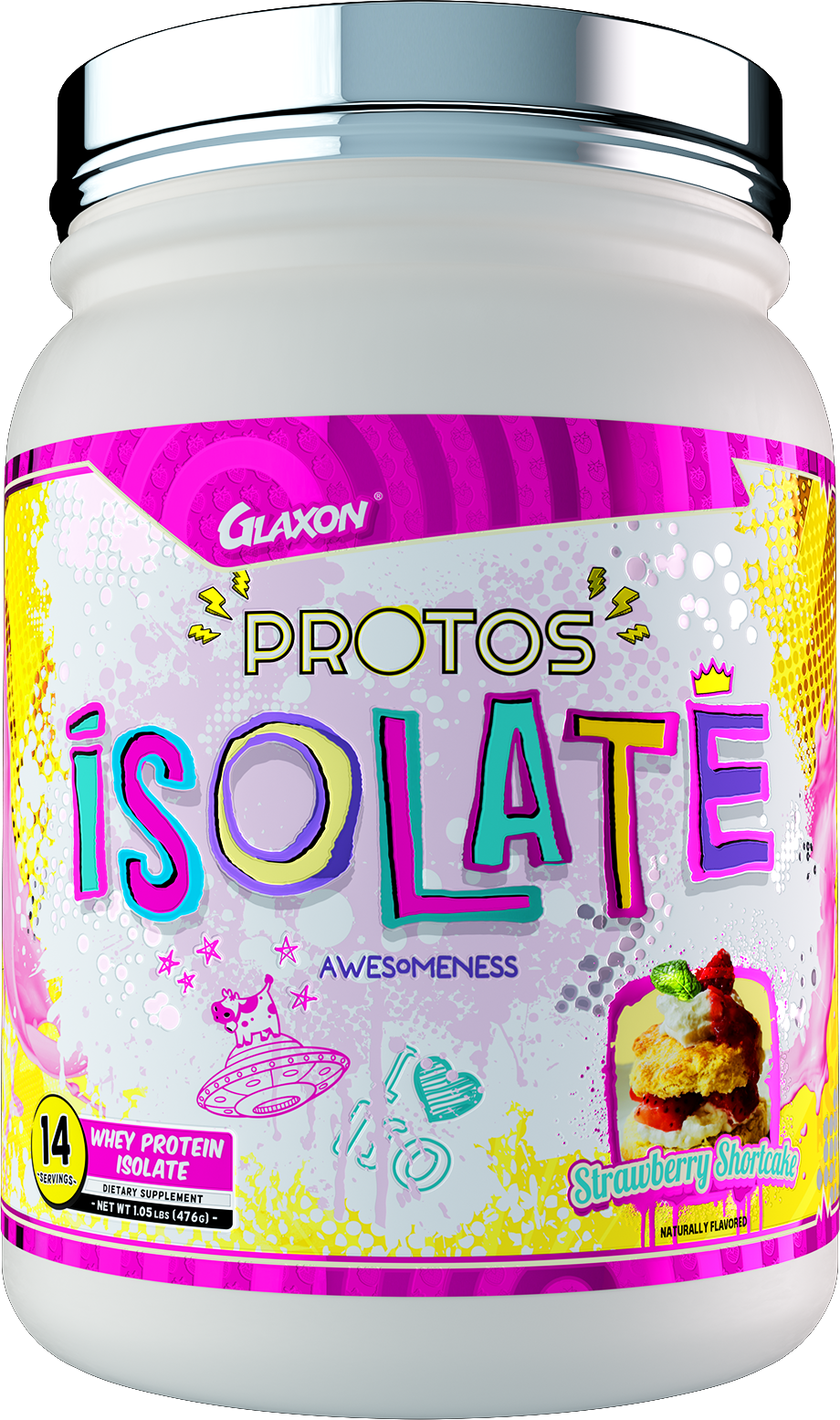
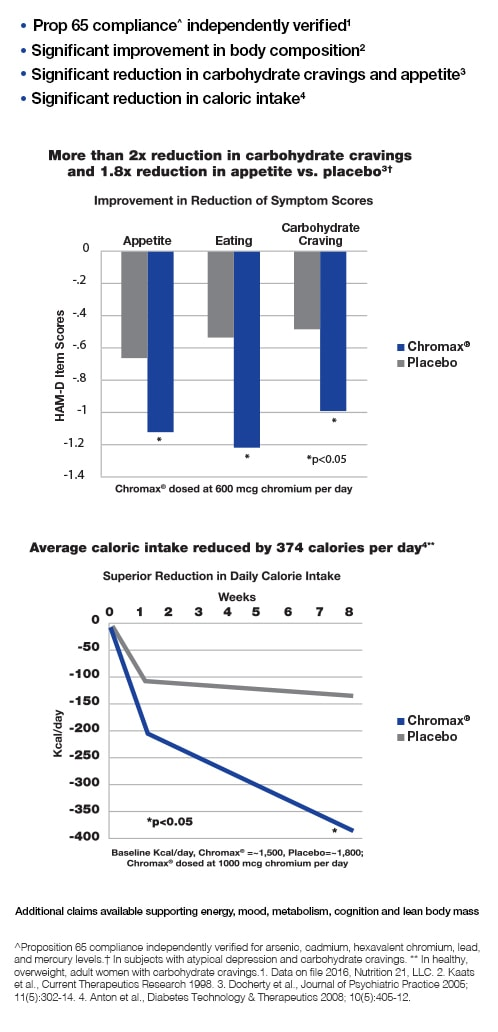
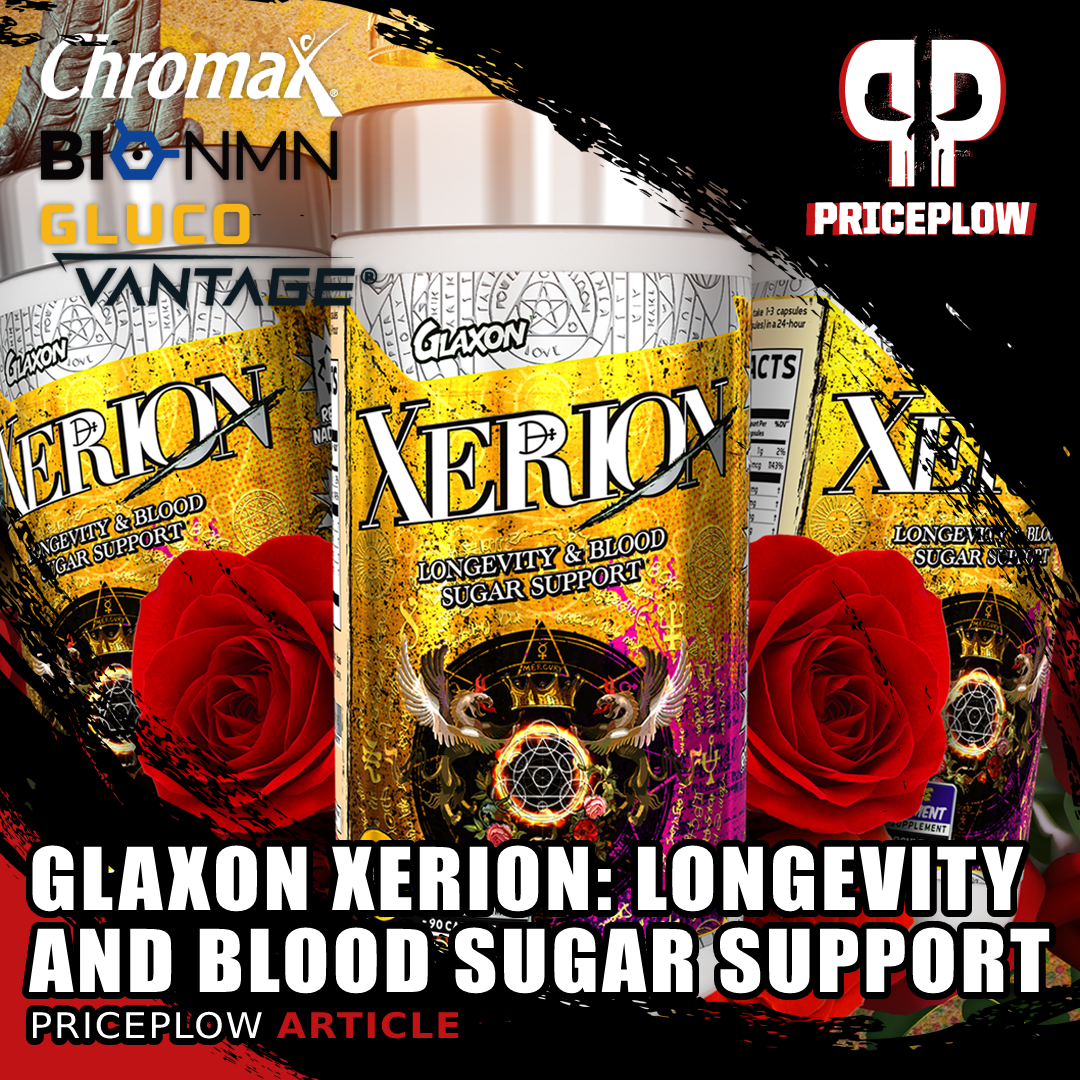



Comments and Discussion (Powered by the PricePlow Forum)